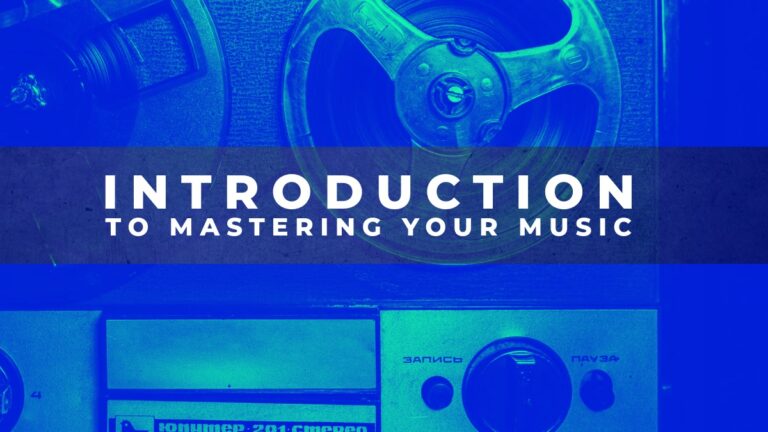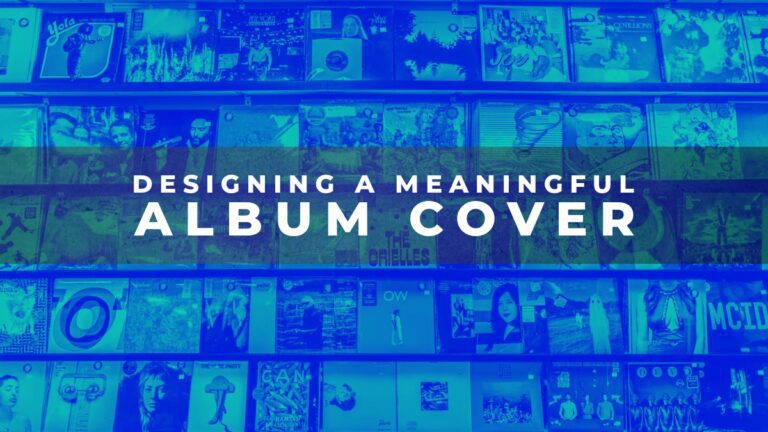Writing great lyrics is key to songwriting, but having good words is not enough. If you want your songs to look professional and be taken seriously by music producers and industry professionals, you must learn the basics of lyric formatting. From punctuation placement to capitalization rules, having a consistent layout throughout your lyrics can make all the difference in how they are received. In this blog post, we will provide tips on correctly formatting lyrics so that your songs stand out!
Why Formatting Lyrics is Important for Songwriters
Formatting lyrics is important for several reasons. Firstly, it makes it easier for the songwriter to read and edit their own work. Clear formatting helps identify different song sections, such as verses, choruses, and bridges. This allows the songwriter to structure their song more effectively and make changes where necessary.
Secondly, formatting lyrics is important because it makes it easier for others to understand and interpret the song. If a songwriter wants other musicians or producers to collaborate on a project, properly formatted lyrics can help them communicate their ideas clearly.
Thirdly, formatting lyrics is crucial when submitting songs for publication or performance. Music publishers and supervisors receive many submissions daily, so having well-formatted lyrics can make your submission stand out.
Punctuation Placement and Capitalization
When formatting lyrics, punctuation placement, and capitalization are crucial elements that can affect the clarity and meaning of a song. Here are some guidelines for using these elements effectively:
Capitalization: The first letter of each line in a verse or chorus should be capitalized, and proper nouns like names and places. Capitalizing the first letter of each word in the song’s title is also common.
Punctuation: Commas, periods, and other punctuation marks should be avoided. This is because these marks can confuse the phrasing and meaning of the lyrics. Instead, use line breaks or dashes to indicate pauses and breaks in phrasing.
Emphasis: Songwriters can use bold or italicized text to emphasize certain words or phrases within the lyrics. This draws attention to key ideas and themes within the song.
Line breaks: Each line of lyrics should be separated by a line break to make it easier to read and understand.
Section Breaks and Other Details
When formatting song lyrics, it’s important to label each song section in bold font properly. Common sections are verses, choruses, and bridges. This helps musicians and performers understand the song’s structure and know when to transition between sections.
For example, if you’re writing a pop song with a standard verse-chorus-bridge structure, you might use labels like “Verse 1,” “Chorus,” “Verse 2,” “Chorus,” “Bridge,” and “Chorus” again. This lets performers know exactly when they should switch between different song sections. Don’t forget to bold your section labels.
When formatting song lyrics, it’s important to avoid repeating choruses or pre-choruses with the same lyrics each time they appear. Instead, you can type “Repeat Chorus” or “Repeat pre-chorus” to indicate that the section is repeated without any changes.

Final Thoughts – Making a Good Impression with Professional-Looking Lyrics
In summary, properly formatting lyrics is a necessary skill for any songwriter. It’s not enough to come up with meaningful words – you must also pay attention to small details like punctuation placement, capitalization, and even section breaks. Doing so will give your lyrics a polished look that music producers and industry professionals will take seriously. Of course, this is just the surface of all the elements in crafting compelling songs, but it’s a great start for aspiring lyricists. With the right combination of words and formatting, you could be one step closer to building a flourishing career in music.


